| Japanese Gardens can be found at private homes, in neighborhoods or city parks, and at historical landmarks such as Buddhist temples, Shinto shrines and old castles around the world. In Japanese culture, garden-making is high art, intimately related to the linked arts of calligraphy and ink painting. Japanese gardens were first developed under the influences of the distinctive and stylized Chinese gardens. The tradition of Japanese gardening was historically passed down from sensei to apprentice. In recent decades this has been supplemented by various trade schools. Below you will find a stunning collection of 20 beautiful Japanese Gardens around the world. | 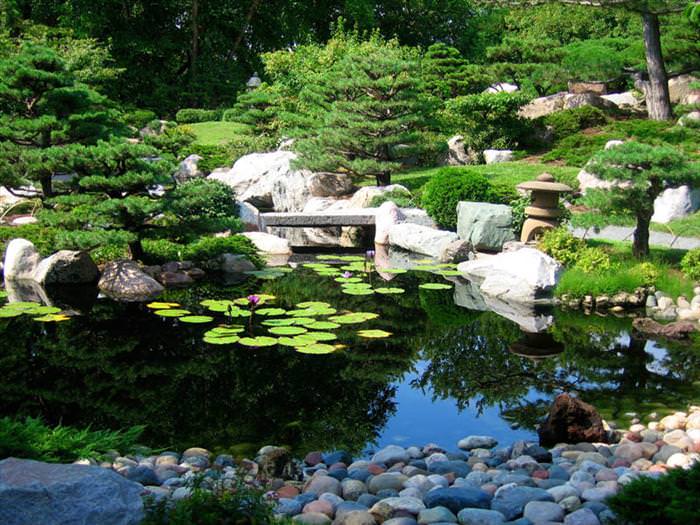
| | Honbo Garden – Osaka, Japan | | | 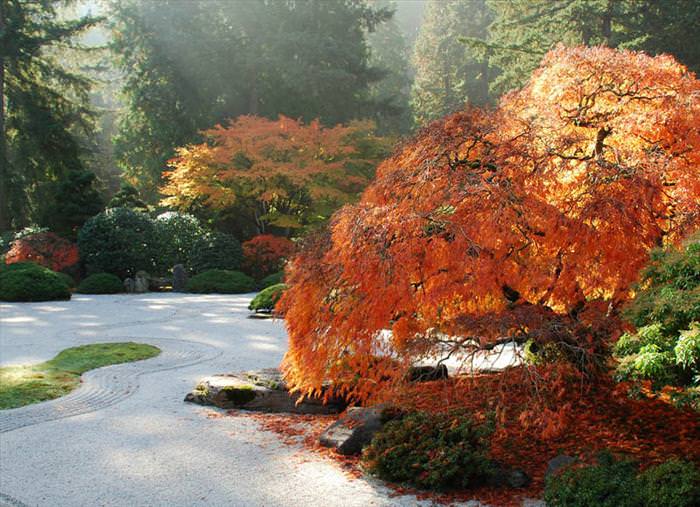
| | Japanese Garden – Buenos Aires, Argentina | | | 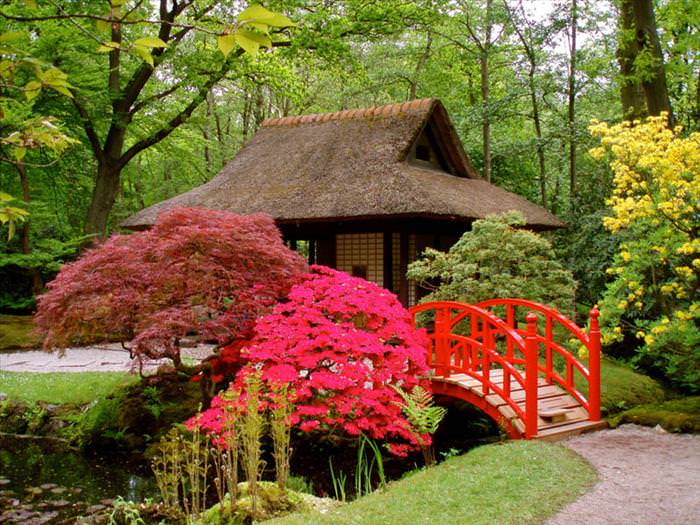
| | Ryoan-Ji Zen Garden – Kyoto, Japan | | | 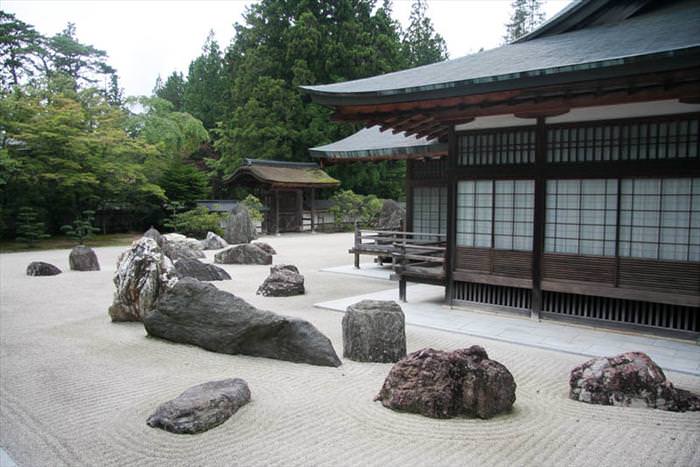
| | Japanese Garden – Cowra, Australia | | 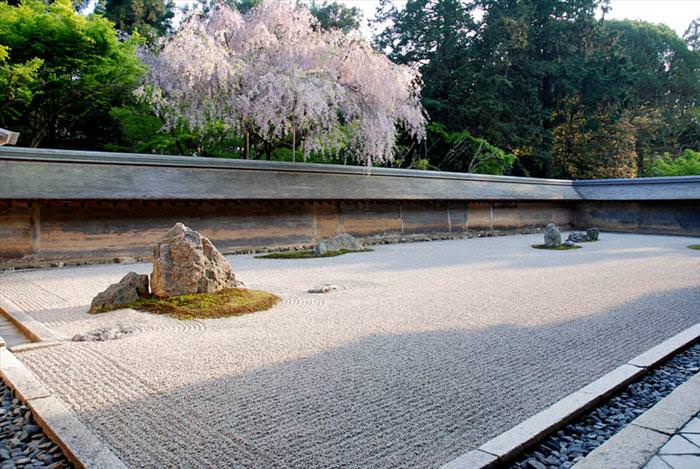 | Ritsurin Garden – Takamatsu, Japan | 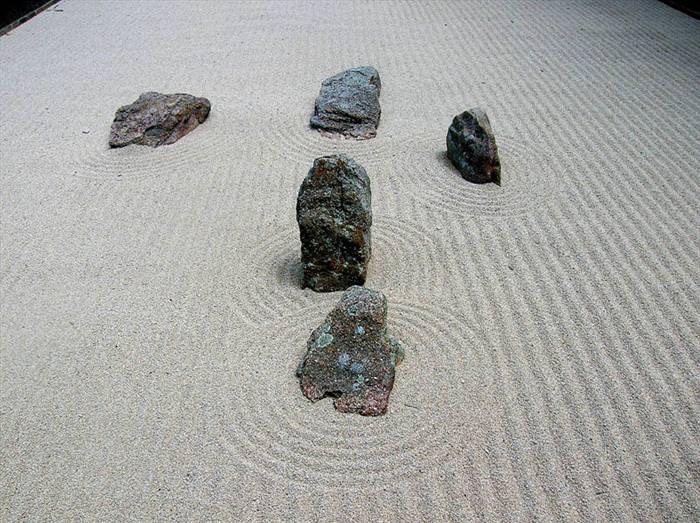
| Monte Palace Tropical Garden (Stone Lanterns)
Madeira, Portugal | | | 
| | Daizen-Ji Zen Rock Garden – Kyoto, Japan | | | 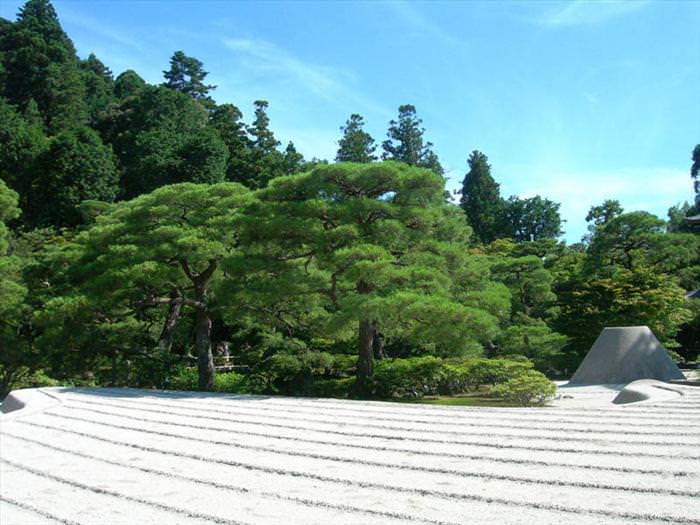
| | Japanese Tea Garden – San Francisco, United States | | 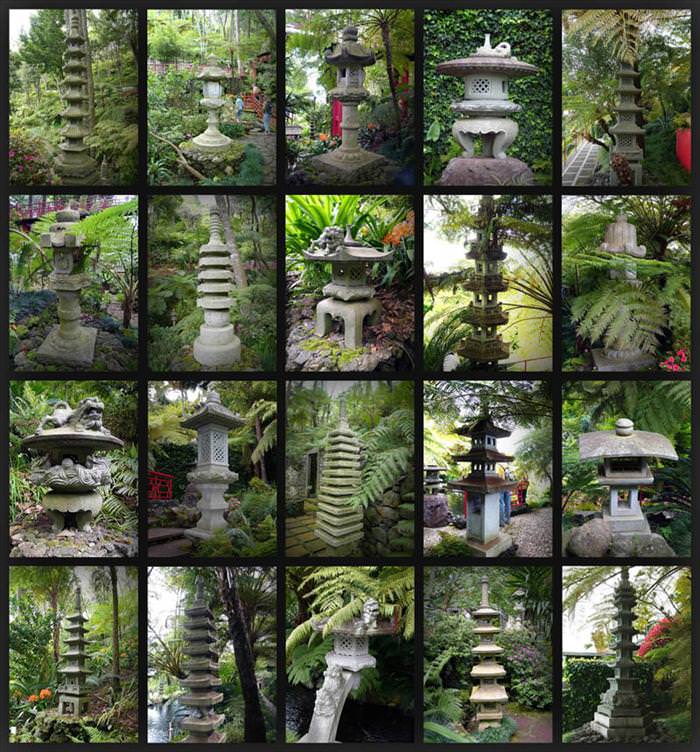
| | Ginkau-Ji Zen Garden – Kyoto, Japan | Stones are used to construct the garden's paths, bridges, and walkways. Stones can also represent a geological presence where actual mountains are not viewable or present. They are sometimes placed in odd numbers and a majority of the groupings reflect triangular shapes, which often are the mountains of China. | 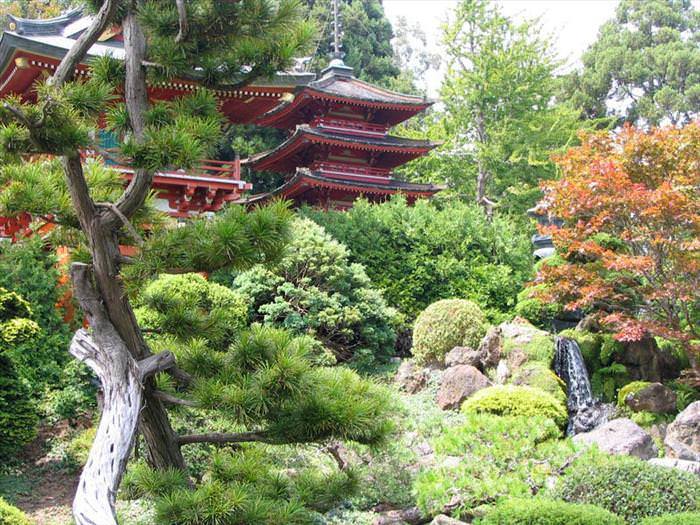
| | Korakuen Garden – Okayama, Japan | | | 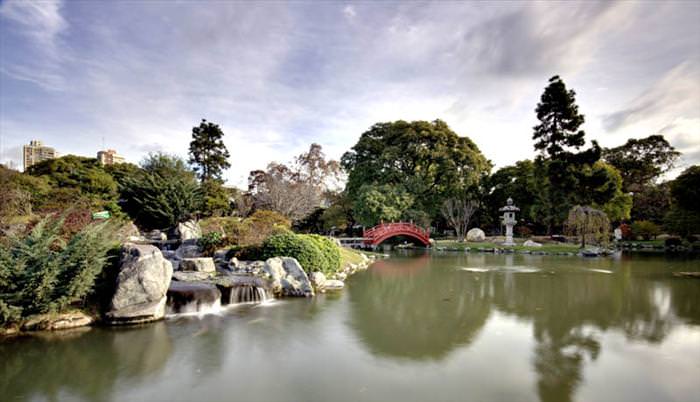
| | Hamilton Gardens – Waikato, New Zealand | A water source in a Japanese garden should appear to be part of the natural surroundings; this is why one will not find fountains in traditional gardens. Man-made streams are built with curves and irregularities to create a serene and natural appearance. Lanterns are often placed beside some of the most prominent water basins (either a pond or a stream) in a garden. In some gardens one will find a dry pond or stream. Dry ponds and streams have as much impact as do the ones filled with water. | 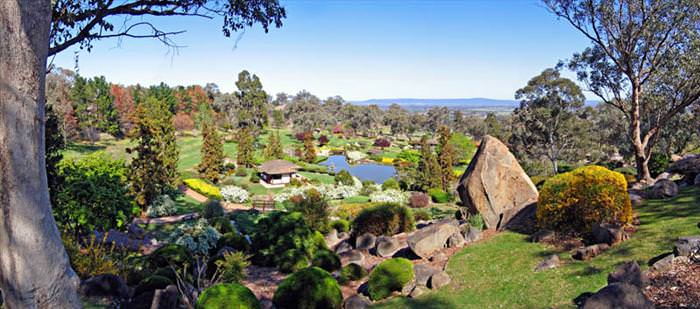
| | Zen Rock Garden – Japan | | | 
| | Japanese Garden – Netherlands | | | 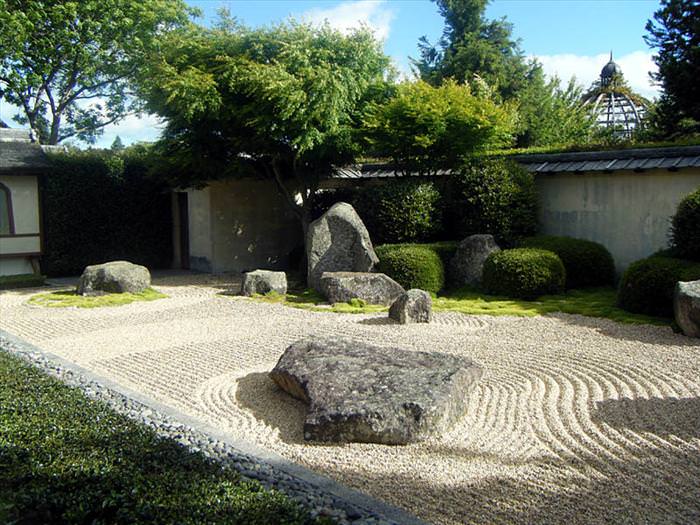
| | Zen Garden – Portland, United States | Green plants are another element of Japanese gardens. Japanese traditions prefer subtle green tones, but flowering trees and shrubs are also used. Many plants in imitated Japanese gardens of the West are indigenous to Japan, though some sacrifices must be made to account for the differentiating climates. Some plants, such as sugar maple and firebush, give the garden a broader palette of seasonal color. | 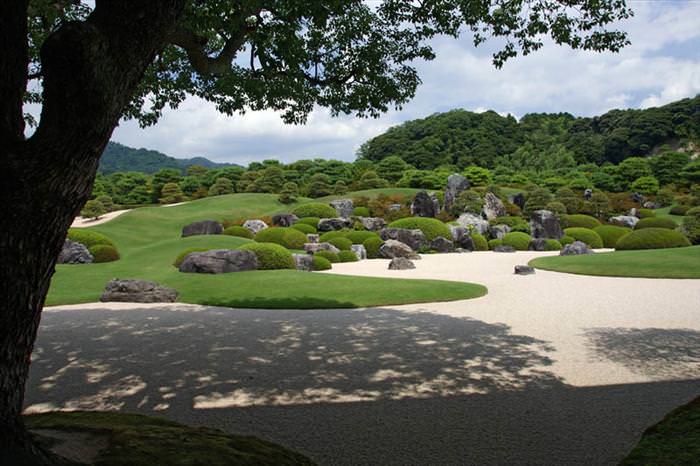
| | Adachi Museum of Art – Yasugi, Japan | | | 
| | Suizenji-jojuen Garden – Kumamoto, Japan | | | 
| | Keiunkan Garden – Nagahama, Japan | The Japanese rock gardens (karesansui) or "dry landscape" gardens, often called "Zen gardens", were influenced mainly by Zen Buddhism and can be found at Zen temples of meditation. Karesansui gardens can be extremely abstract and represent (miniature) landscapes also called "mind-scapes". This Buddhist preferred way to express cosmic beauty in worldly environments is inextricable from Zen Buddhism. | 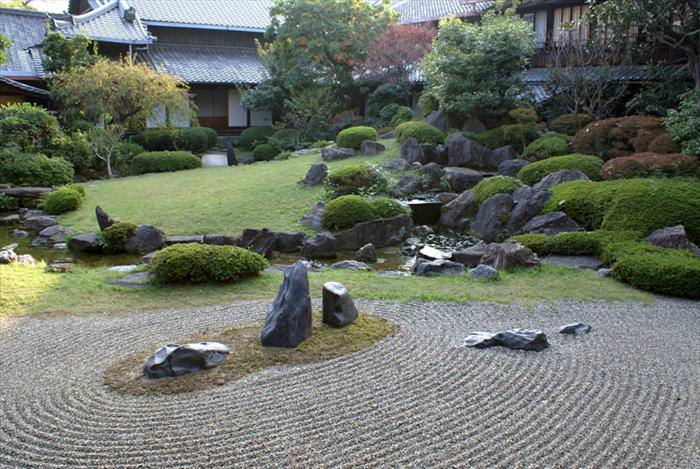
| | Japanese Rock Garden – Koyasan, Japan | | | 
| | Japanese Gardens – Portland, United States | Stone arrangements and other miniature elements are used to represent mountains and natural water elements and scenes, islands, rivers and waterfalls. Stone and shaped shrubs are used interchangeably. In most gardens moss is used as a ground cover to create "land" covered by forest. Other, mostly stone, objects are sometimes used symbolically to represent mountains, islands, boats, or even people. Karesansui gardens are often, but not always, meant to be viewed from a single vantage point from a seated position. | 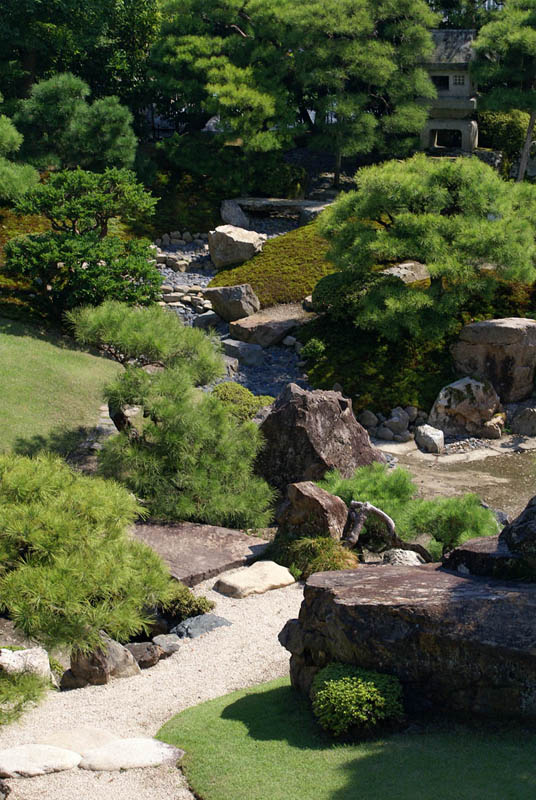
| | Como Park Conservatory – Minnesota, United States | | |
|
--
You received this message because you are subscribed to the Google Groups "Keep_Mailing" group.
To unsubscribe from this group and stop receiving emails from it, send an email to
keep_mailing+unsubscribe@googlegroups.com.
To post to this group, send email to
keep_mailing@googlegroups.com.
Visit this group at
https://groups.google.com/group/keep_mailing.
To view this discussion on the web visit
https://groups.google.com/d/msgid/keep_mailing/CAH3M5Otzc9tWJ%2BfBKXhrsA9oR4q2MbfWJdgdttPxu%2Bs944ZAcQ%40mail.gmail.com.
For more options, visit
https://groups.google.com/d/optout.




















No comments:
Post a Comment